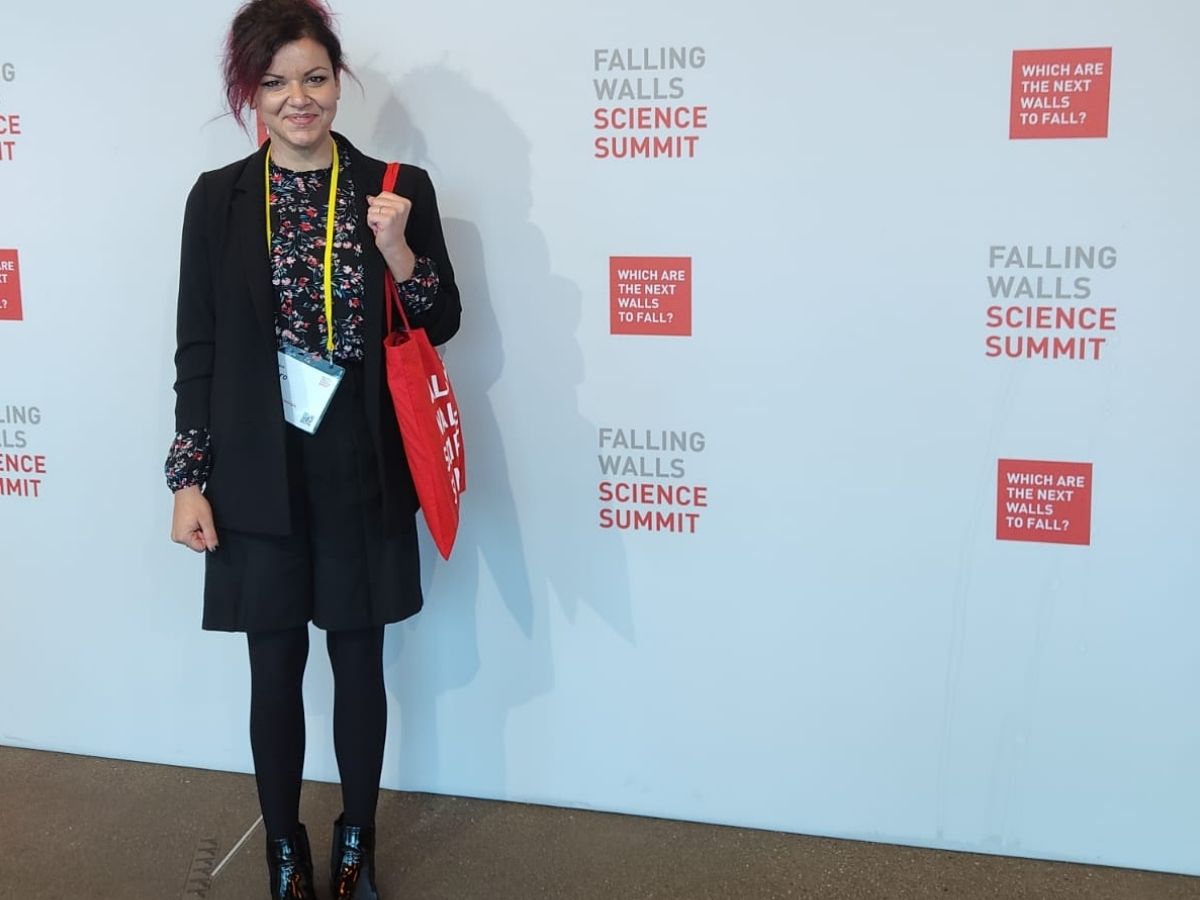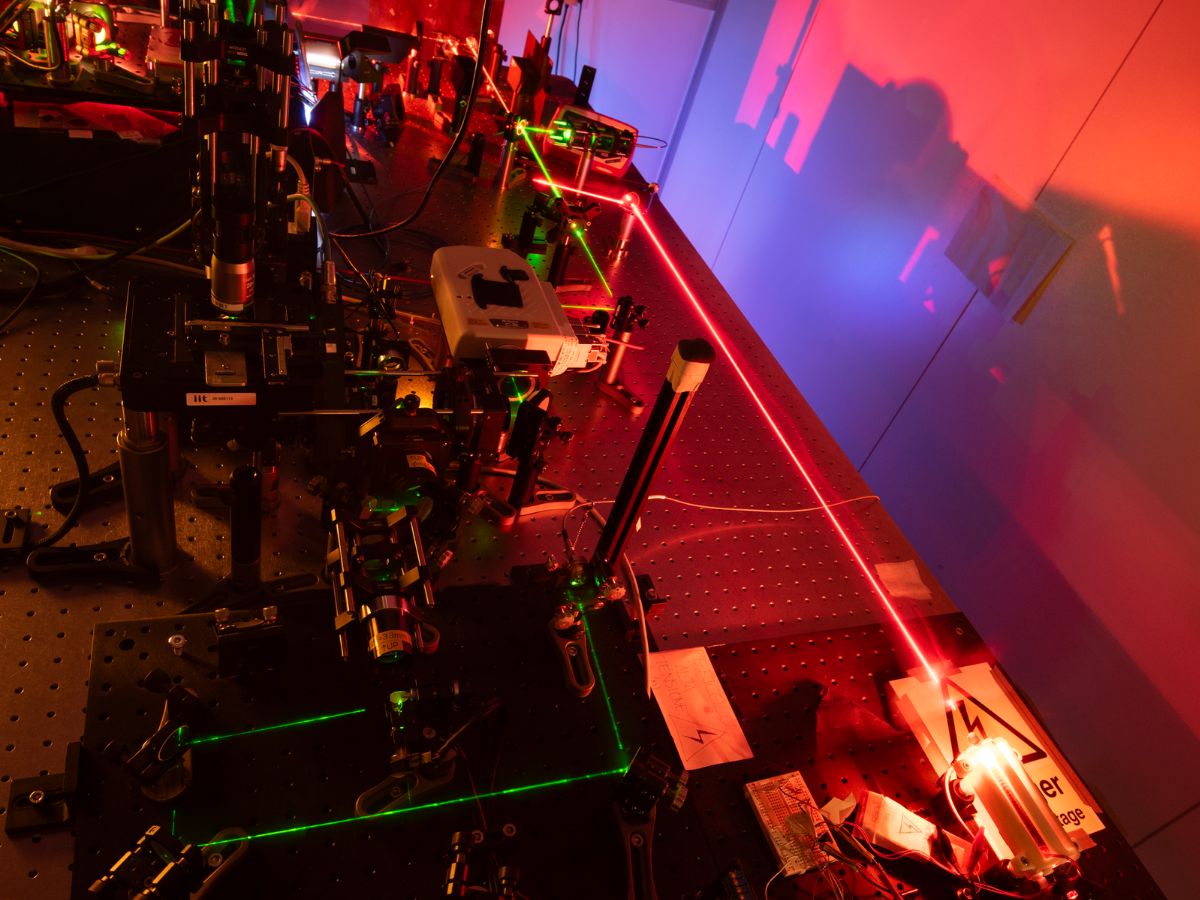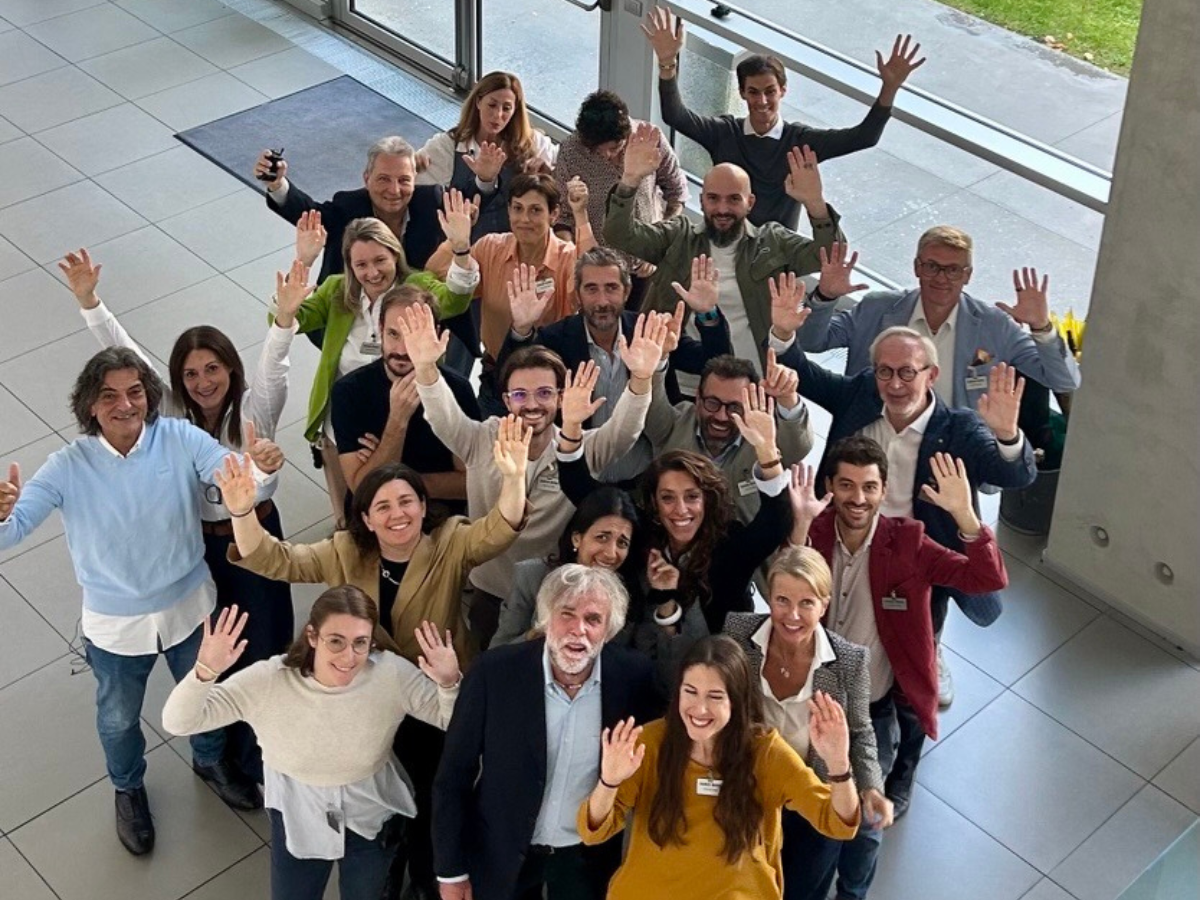Selected among over 1000 nominations, Santoro will show her research about biohybrid artificial synapses
The Italian scientist Francesca Santoro will be on stage at Falling Walls Science Summit on November 9th in Berlin, representing one of the Science Breakthroughs of the Year 2021 in the field of Engineering and Technology. Santoro will show her latest achievements to design and realize artificial biohybrid synapses, that are technological devices that act at the interface between biological and artificial tissues to be applied in the treatment of neurodegenerative disorders like Parkinson’s and Alzheimer’s.
Falling Walls Foundation in Berlin announced the award to Francesca Santoro in September this year, after a selection among over 1.000 nominations from 115 countries. The event will tribute the best scientific and technological research at international level and which will have the potential to impact on people life. Falling Walls Science Summit takes place every year from 7–9 November in Berlin, commemorating the fall of the Berlin Wall.
Francesca Santoro’s work focuses on finding new solutions to solve one of the future challenges that society will face: the increase of neurodegenerative diseases in population due to aging. Therefore, the world global population is getting older and the number of elderly people is expected to double again by 2050. Santoro, having a background in Electronics Engineering, has been developing artificial devices that may restore the lack of brain functionalities caused by disorders like Parkinson’s and Alzheimer’s.
In 2020 Santoro has been awarded the prestigious ERC Starting Grant for her research project, BRAIN-ACT, that aims to upgrade the current status of biohybrid devices, in order to couple biological neuronal networks to organic artificial neurons. Santoro is developing a new class of chip-based smart bioelectronics devices which will ‘look like neurons and act like a neuron’, permitting to both monitor and stimulate neuronal activity across neural networks. For the first time, neurons will interact with an artificial counterpart by actively interacting with it electrically and biomechanically, and thus establishing the optimal electrical signal exchange among neurons in damaged brain area.
Francesca Santoro is head of the ‘Tissue Electronics’ lab at Istituto Italiano di Tecnologia (Italian institute of Technology, IIT) in Naples, the same city where she was born in 1986. She received both Bachelor’s and Master’s degrees in Biomedical Engineering at the ‘Federico II’ University of Naples with specialization in biomaterials in 2010. She received a PhD in 2014 in Electrical Engineering and Information Technology in a joint partnership between the RWTH Aachen and the Forschungszentrum Juelich (Germany) with a scholarship by the International Helmholtz Research School in Biophysics and Soft Matter. In October 2014, she joined the Chemistry Department at Stanford University (USA) and received a research fellowship in 2016 by the American Heart Rhythm Society.
In 2018 she has been awarded the MIT Technology Review Under 35 Innovator ITALIA and EUROPE and the ‘Premio Italia Giovane’. In 2019 she has been nominated MIT Technology Review Ambassador, has been included in the list of ‘100 women who are changing the world’ and among the 50 Italian women running as women of the year by the Italian national newspaper La Repubblica. Since 2019, she is part of the core team of BRYLA a startup project of Istituto Italiano di Tecnologia working on the development of a smart wearable bandage for would healing through photovoltaic-based electrotherapy. In 2021 she has been awarded the title of ‘Illustrious Graduate’ in bioengineering by the University of Naples ‘Federico II’.





